Research Project
bluleline
toolbox
Employer
My Role
When
Live Site
Blueline.infoOverview
This project explored crime reporting experiences, highlighting issues in safety, usability, and transparency. Through interviews and data analysis, a solution called Blueline was proposed to improve trust and communication between police and victims. The project also involved financial and managerial planning to ensure successful implementation and aimed to enhance community-law enforcement relationships.
Researcher, Project Leader
- Analyzed data to identify issues in safety, usability, and transparency.
- Proposed Blueline app to improve police-victim interactions.
- Managed financial and managerial aspects of the project.
- Aimed to enhance community-law enforcement relationships.
Tool
Figma
Peers
Duration
Status
Research topic: How's your reporting experience?
In a concise presentation, our journey began in January 2023 with desk research, spanning context, stakeholders, and system analysis, aiming to understand and explore opportunities. The subsequent interview phase focused on the "Five Human Factors" to delve into experiences and behaviors. We developed a comprehensive set of questions and heard from 12 victims for real insights. Affinity mapping followed, culminating in identifying key issues of safety, usability, and transparency. A landscape analysis deepened our understanding of behaviors and drivers, leading to a comprehensive model. Looking forward, we aim to enhance communication, and we introduced Blueline, an app fostering trust and safety. Our future encompasses financial and managerial planning, all while we are dedicated to building better community-law enforcement relationships as Blueline.
As a way to walk you through my design process in a detailed and structured manner, I divide it up into three parts: research, user experience design, and user interface design.
The first part of this project is an in-depth look at how I conduct user experience research before kicking off the project - Blueline. By understanding user behaviors, needs, and attitudes using different observation and feedback collection methods. It helps us understand how people live their lives so that we can respond to their needs with informed design solutions.
background overview
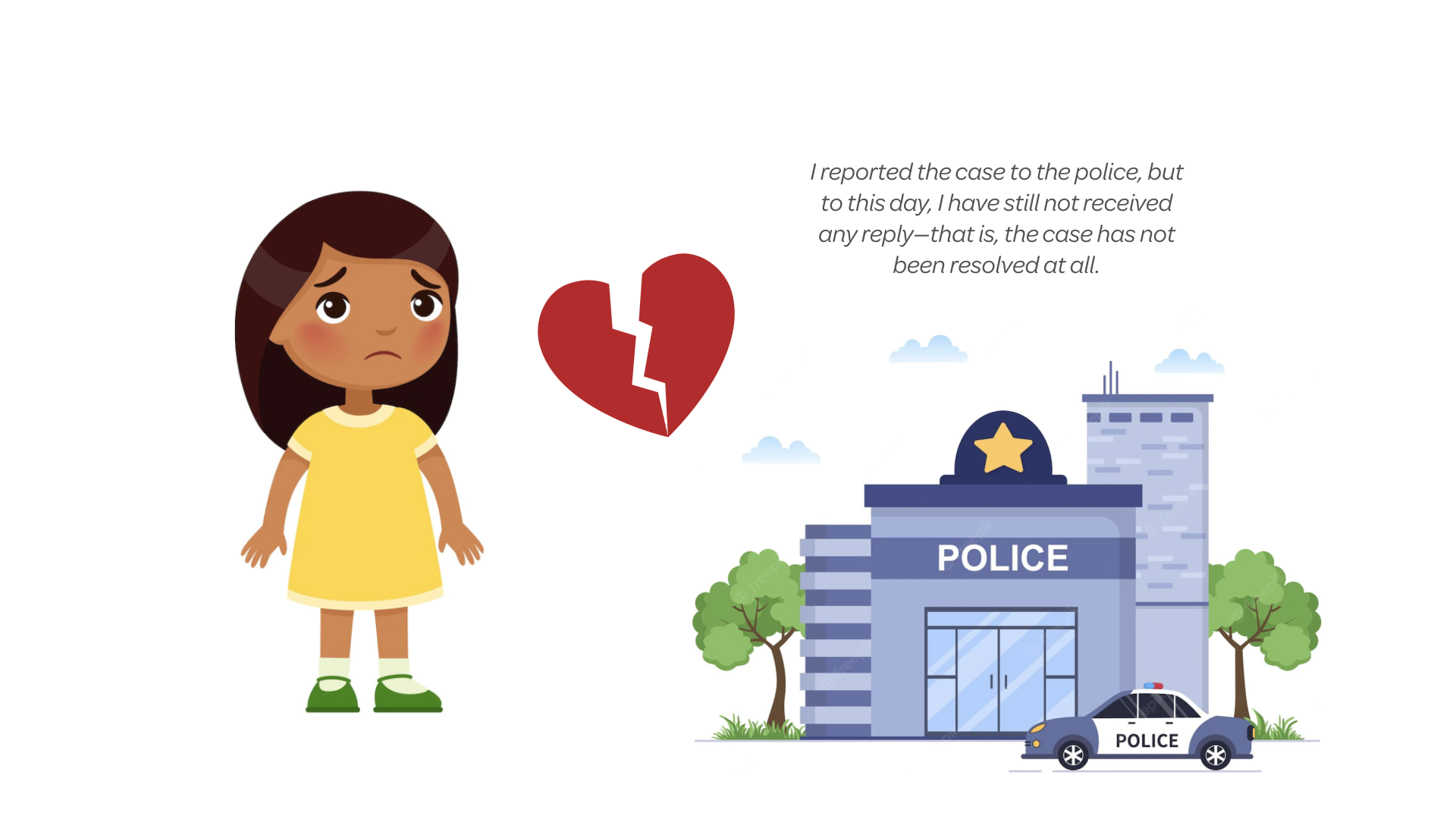
I took this project on my own experience a few years ago when my luggage—containing $10,000 worth of belongings—was stolen from a parking lot. I reported the case to the police, but to this day, I have still not received any reply—that is, the case has not been resolved at all. In the process of waiting for a reply, I also tried to find some clues relating to the case. For example, I tracked the record of a credit card stolen and swiped in a supermarket, which means that it was very likely to find the thief on security video. I even went to the police station in person to provide the clues I found, which I thought could help the police solve the case faster. However, after submitting the evidence, I still did not get any response. It made me doubt their efficiency, and whether they are performing their duties, and to wonder if my status as a foreigner led them not to care about my report at all. But that's all guesswork. Because of what I experienced, I wonder if there are others who’ve had the same or even worse experiences. What would the most effective solution be?
objective
The first step in conducting the research is to identify the target participants. In this topic, the participants in this whole experience including but not limited to victims, 911 operator, police officer. We want to study and understand aspects of their daily lives and activities.
We are going to start with Victims as our first target group.
Who has reported a crime in the United States or another country.
Who didn't report a crime to the police after experiencing one.
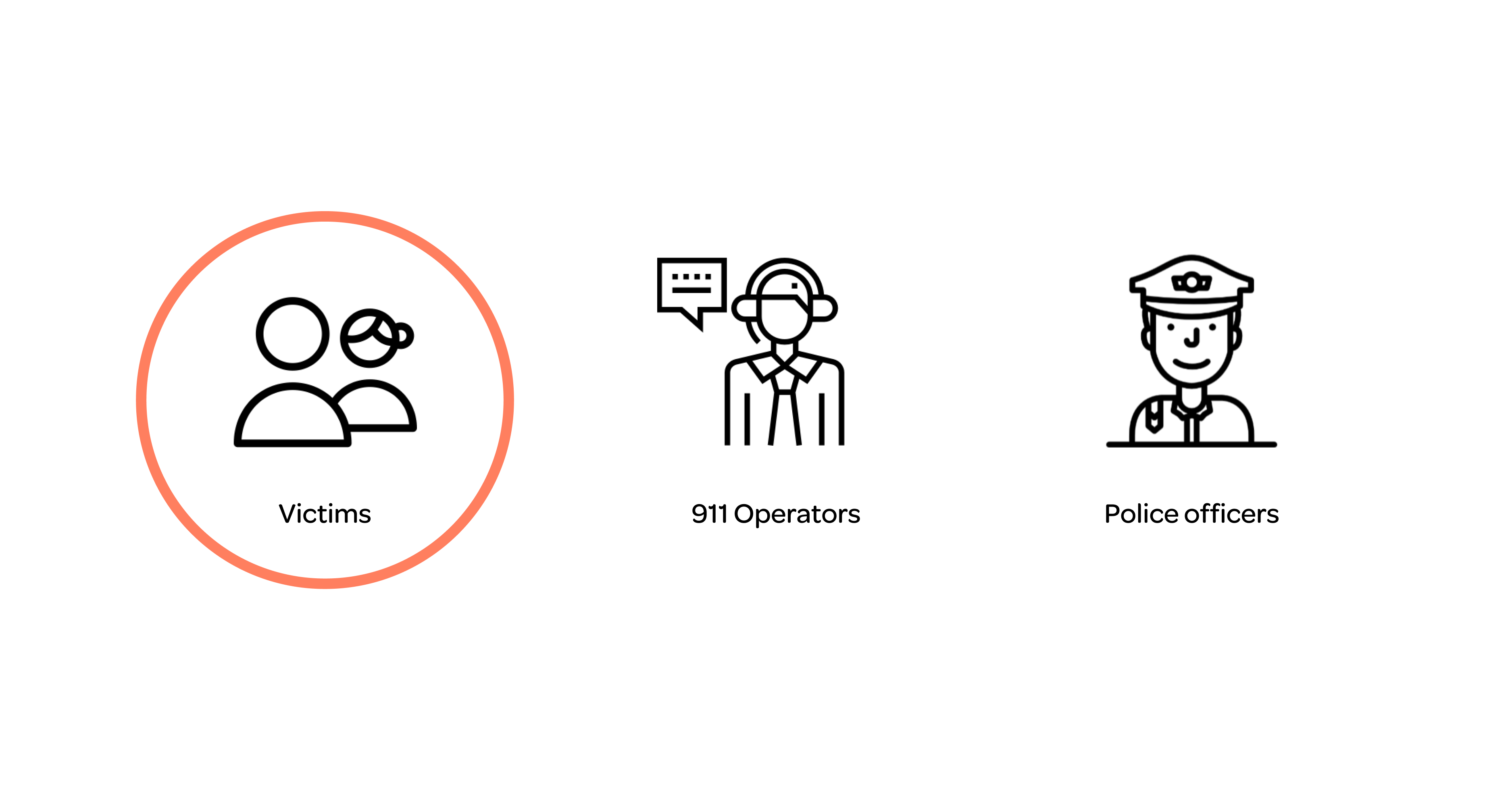
research goals
What should we build? What are the users problem? How can we solve the problem?
research methods
In order to gain a deep understanding of needs and behaviors, I used a mixture of qualitative (Literature review and interview, quantitative (online survey), and inspiration (analogs,interview experts) methods to begin my foundational research.
Deeply understanding needs and behaviors
When looking to create something new, you can't look where everyone else is looking or in the most obvious places. We believe you can find the some of the most meaningful inspiration in unexpected places and analogous experiences. We also look at people outside of our mainstream target audience, whether experts in a field or the disengaged. This enables us to gather insights quickly because people who are at the edges often have exaggerated desires and behaviors; they magnify needs that also exist in the mainstream that aren't as visible.
01: desk research / primary research
Research areas:
Political science, sociology, urban studies and planning, social science
Key words:
Police service, Reporting experience, Report a crime, people’s satisfaction/evaluation with police service, perceptions with police service,
Popular Media Scan
Justice Quarterly, TNS online library, SAGE Journal, Pew Research Center, NYC Open Data, City Data, The Bureau of Justice Statistics (BJS), InformitI, CPSR, Google Scholar, NYPD, Oxford Academic, Crime Survivor - Resource Center, ELITE
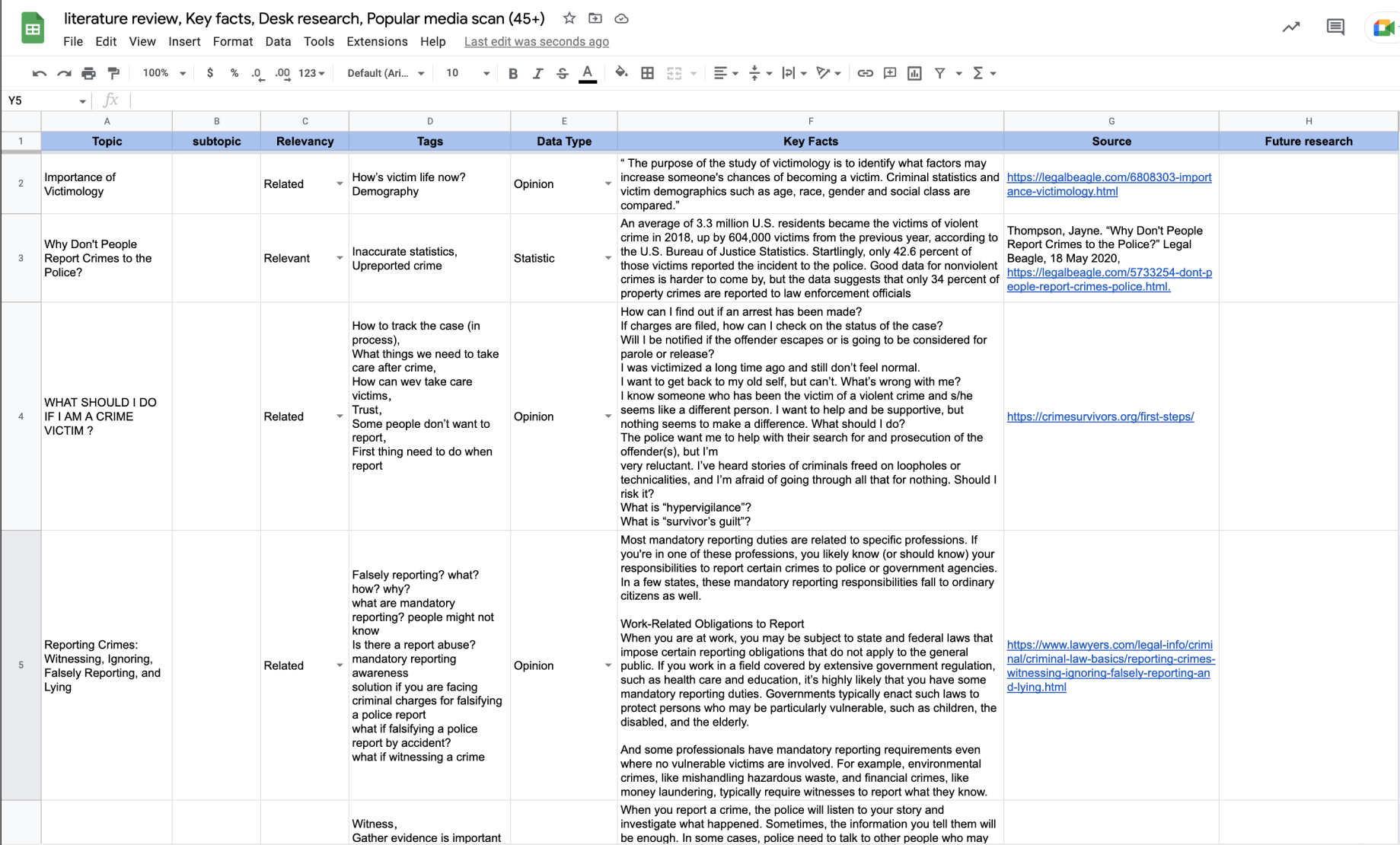
Highlighted
An average of 3.3 million U.S. residents became the victims of violent crime in 2018, up by 604,000 victims from the previous year, according to the U.S. Bureau of Justice Statistics. Startlingly, only 42.6 percent of those victims reported the incident to the police. Good data for nonviolent crimes is harder to come by, but the data suggests that only 34 percent of property crimes are reported to law enforcement officials.
What I learned:
Along with those who report crimes to the police, I noticed that there are also unreported people who may be the audience for my interview. What are the reasons behind unreported crimes? I'm curious about what they decide not to report.
02: interview target audience
So far, we have interviewed 11 victims from a variety of crime types.The victims come from seven countries, eight cities, eight non-English speakers, one solved case, one unreported case, 20-30s, and one extreme case.
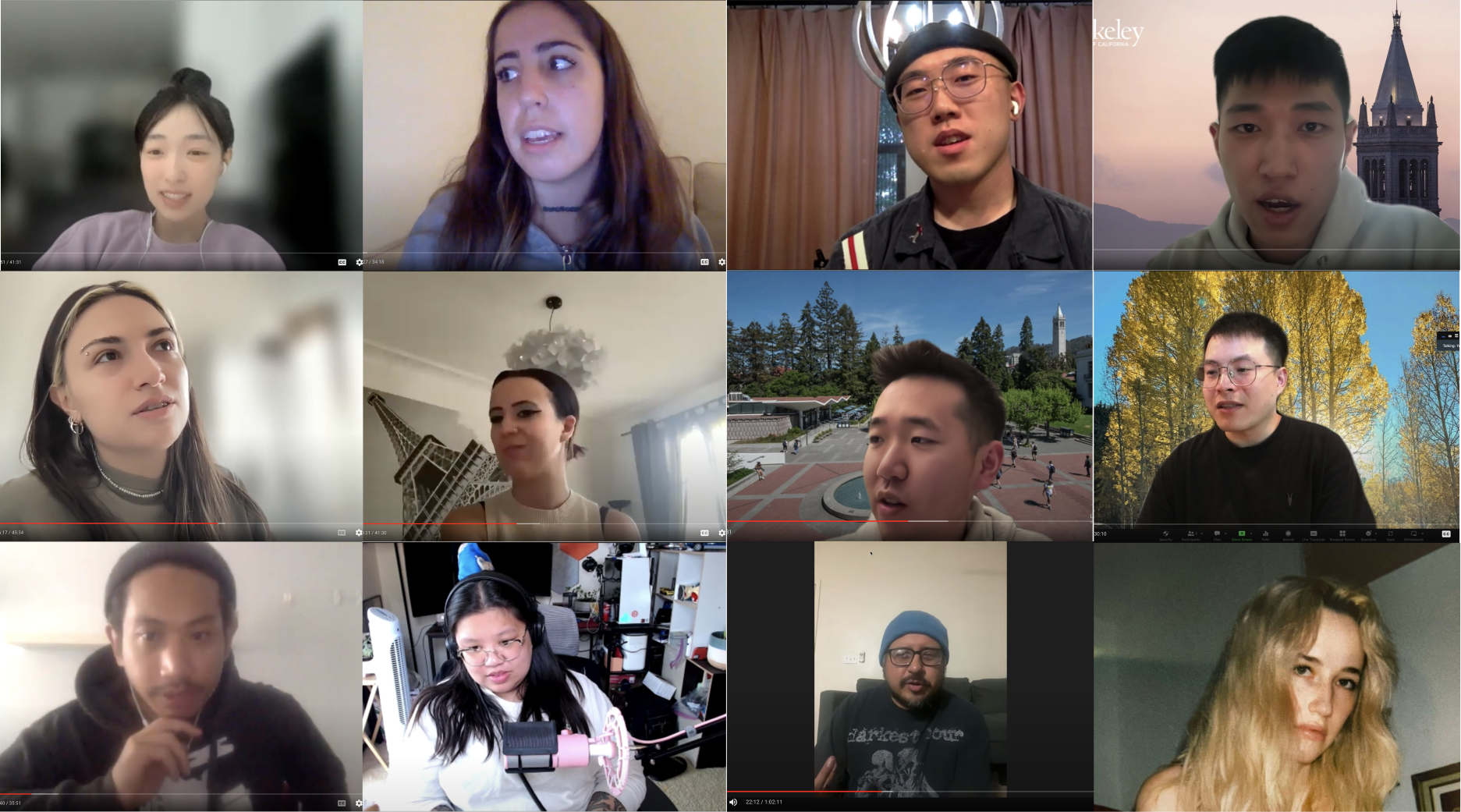
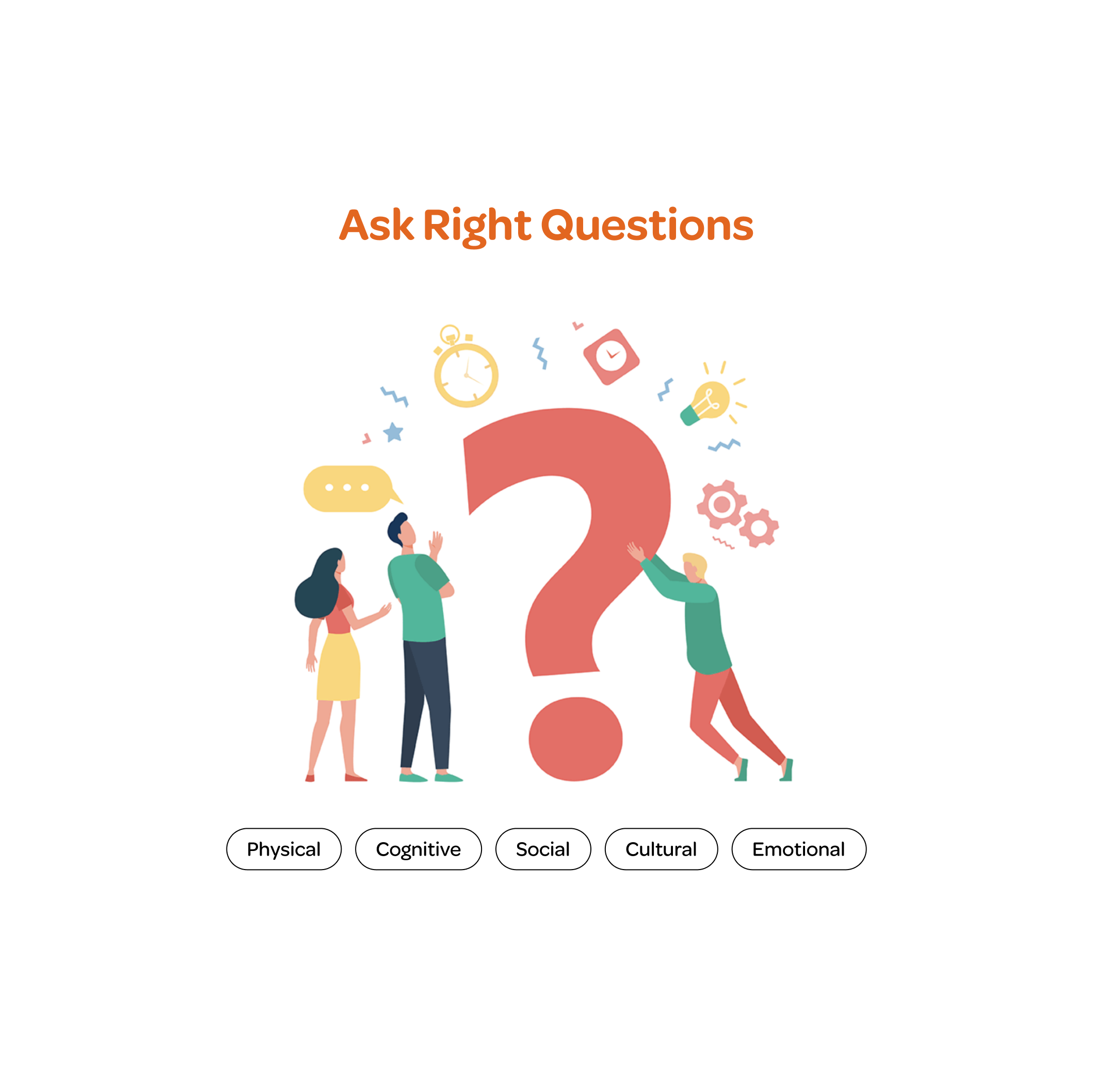
Ask right questions
The "Five Human Factors" method has supported my observation in the field, analyzing the physical, cognitive, social, cultural, and emotional elements present in any situation in order to gain an understanding of how they affect people's overall experiences.
interview guidance
Experience and behavior questions
The things a person does or did, his or her behaviors, actions, and activities.,
- Have you ever used the online report system?
- What methods do you use to report?
- What did you do during the report?
- Have you encountered any troubles or confusions during the report?
- How long did it take to complete the report?
- Did they keep in touch with you? How was that for you?
Opinion questions
A person's beliefs or opinions
- What suggestions or feedback would you like to give the police?
- If a crime happens again, what do you feel you would do?
- What score will you give to the police service? 1-10?
- What do you recall about the situation for them?
Feeling questions
The things a person does or did, his or her behaviors, actions, and activities.,
- How do you feel about how the police officers did their job?
- Did they keep in touch with you? How was that for you?
- About the interactions with the police? (before, during, after) can you say how you feel?
- Can you talk about how you feel about this experience?
- How long did it take to complete the report?
Sensory questions
These are similar to experience and behavior questions but try to elicit more specific data about what is or was seen, heard. touched. and so forth
- Have you ever used the online report system?
- What methods do you use to report?
- What did you do during the report?
- Have you encountered any troubles or confusions during the report?
- How long did it take to complete the report?
Knowledge questions
Actual factual knowledge about a situation.
- What did you expect to happen?
- What methods do you use to report?
- What did you do during the report?
- Have you encountered any troubles or confusions during the report?
- How long did it take to complete the report?
Demographic questions
All interviews contain questions that refer to the particular demographics( age, income, education, number of years on the job, and so on) of the person interviewed as relevant to the research study. .
- Have you ever used the online report system?
- What methods do you use to report?
- What did you do during the report?
- Have you encountered any troubles or confusions during the report?
- How long did it take to complete the report?
Going beyond Demographics
Surveys can be important tools to get feedback and data from a broad range of a known quantity of people. However, data is only going to be as good as the quality of the questions. We take an iterative approach to survey development, bolstered by qualitative feedback, so that we're uncovering mindsets and motivations as well as demographics. Then, we bring that data to life through insights and custom visualizations.
ongoing survey
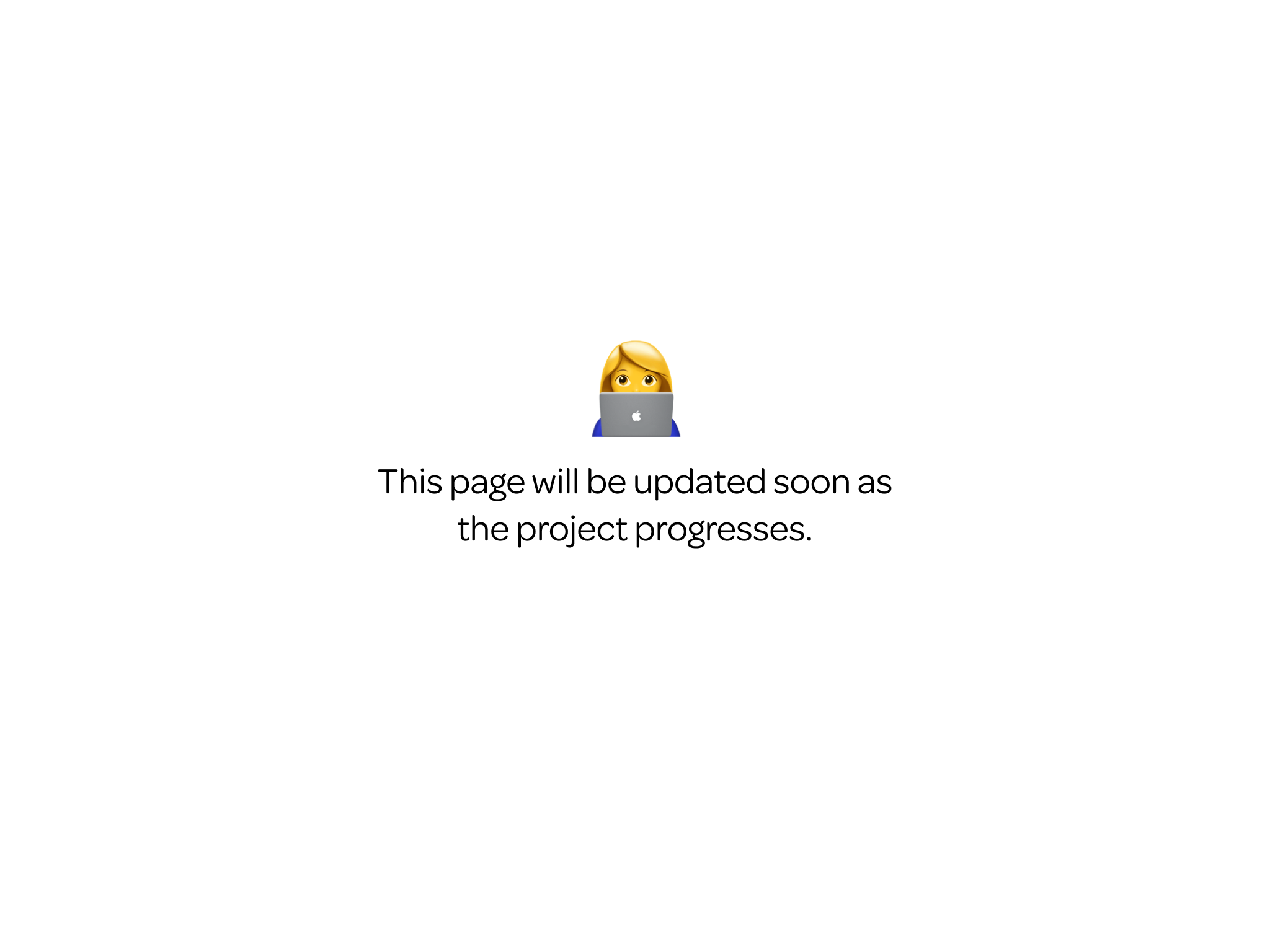
jump out of box
When looking to create something new, you can't look where everyone else is looking or in the most obvious places. We believe you can find the some of the most meaningful inspiration in unexpected places and analogous experiences. We also look at people outside of our mainstream target audience, whether experts in a field or the disengaged. This enables us to gather insights quickly because people who are at the edges often have exaggerated desires and behaviors; they magnify needs that also exist in the mainstream that aren't as visible.

Synthesis
Now that we have collected all the raw data from literature reviews, interviews, and surveys, it's time to process it. This is my favorite design process and also my strongest skill. Bringing together our research ideas to develop a fundamental understanding of the problem. By understanding our users' problems, we will be able to build a better product that meets their needs.
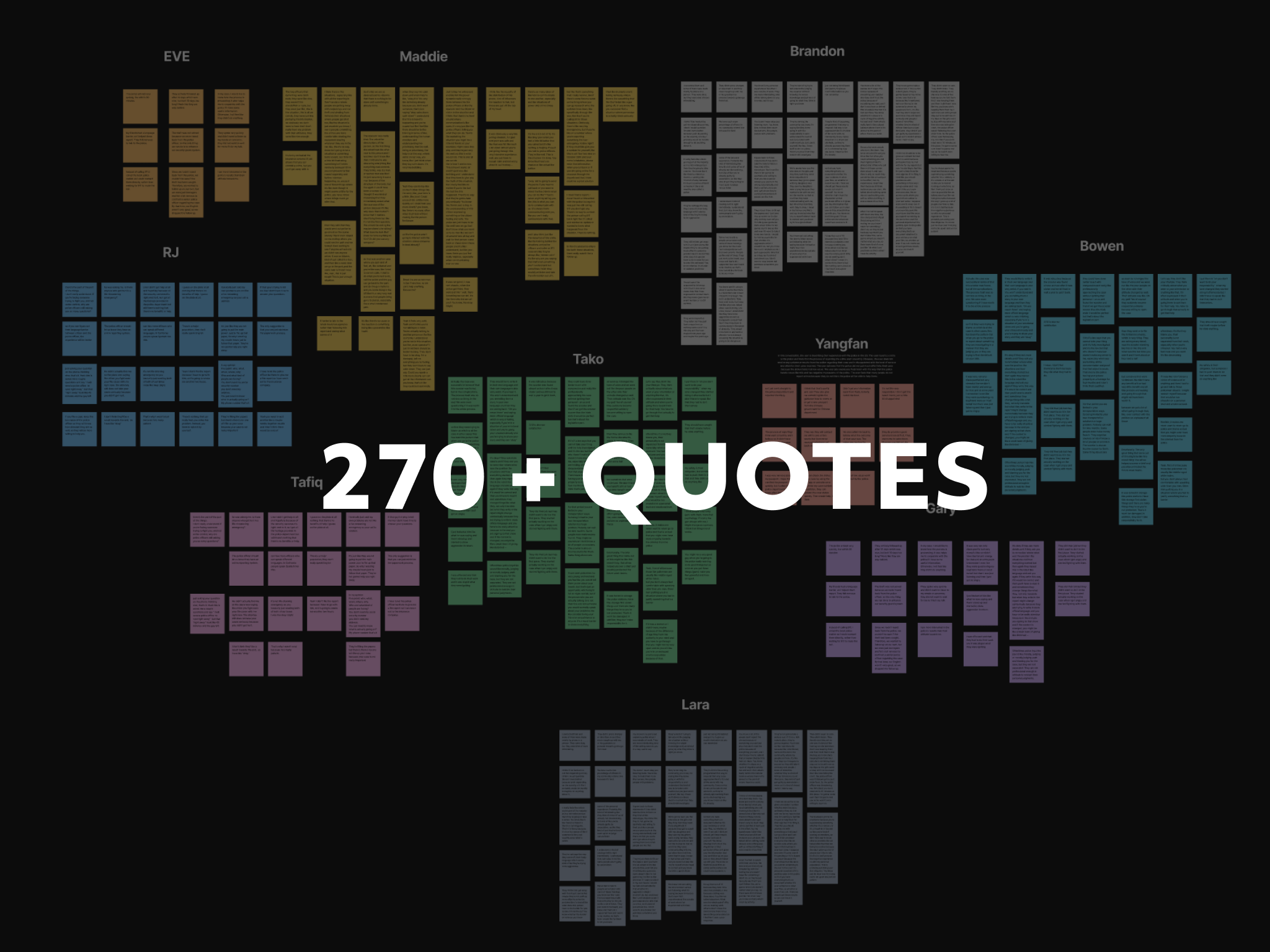
Affinity maping workshop
By using “affinity mapping” it helps to unify large amounts of data by finding relationships between concepts or ideas. We use it to organize facts, opinions, and issues into taxonomies in order to help diagnose complex problems and identify common issues.
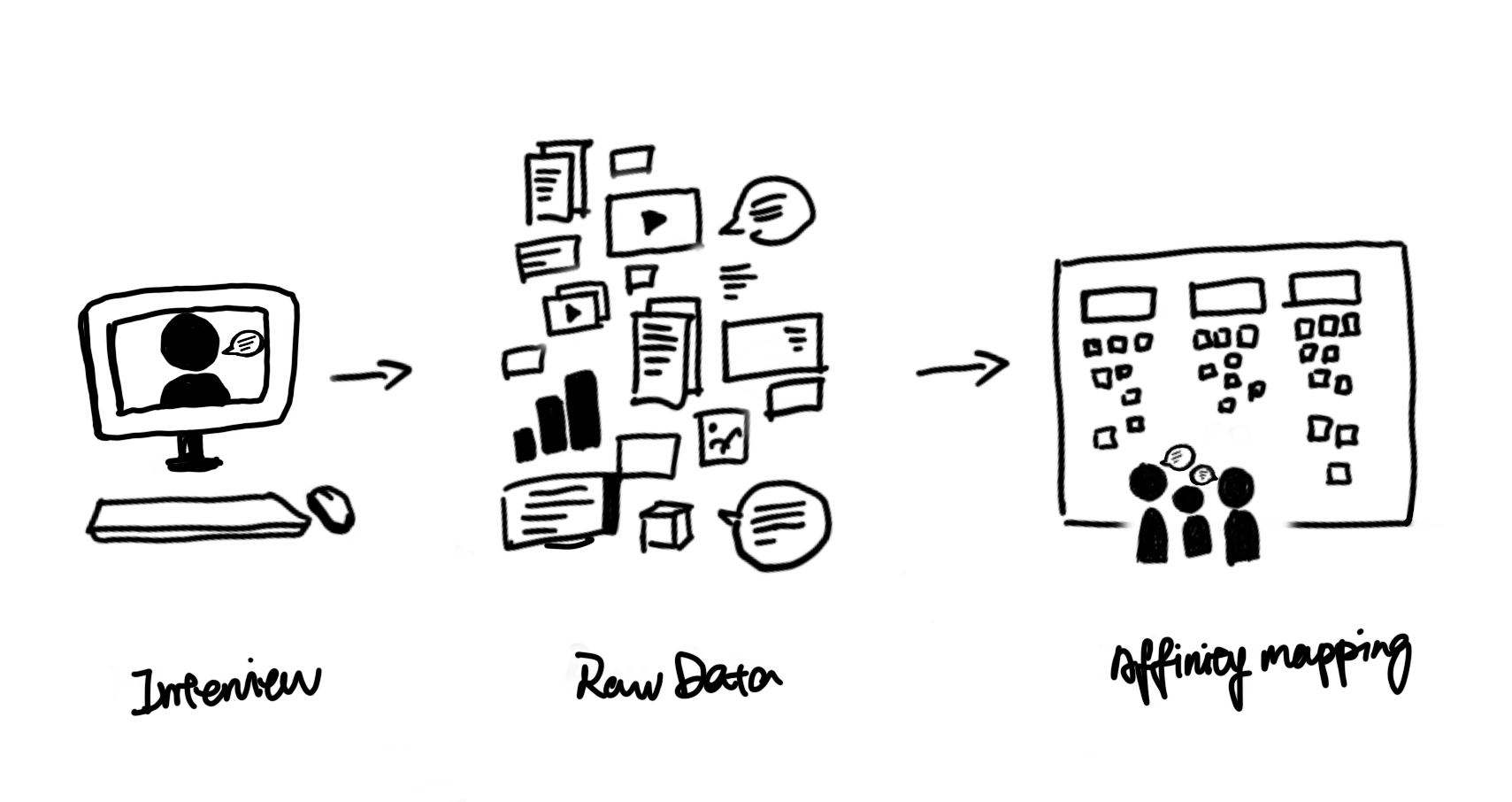
highlighted quotes
let's check some highlighted quotes!
insights

01:
More than half the people I investigated had filed police reports, which proves that there are potential users.
02:
Most of these were reports of theft— there was relatively few cases seriously threatening personal safety.
03:
Most occurred in the Bay Area over the last two years…It seems that the police service's general impression is not very good, which means there is a lot of room for improvement in service quality and user experience.
04:
Almost none of the cases has been completely closed—they have not received any further notice from the police, and they do not know how their case is going.
05:
Generally speaking, the overall reporting time was within 5-20 minutes, but people thought it took a lot of time to wait for any police response, collect evidence, fill in forms, and state their case.
06:
They don't even know how to follow up.Most people want to be able to track their cases because they don't hear anything from the police. It was also suggested that the police perform their duty better and install more CCTV to facilitate the tracking of robbers.
opportunity map & hmw
Through opportunity mapping, we are creating new services or improving existing services based on ideas and concepts generated from our research. The visual depictions start with the core topic in the center and move from there to the periphery to explore possible opportunities. The map shows opportunities in relation to various project aspects. It is a tool for teams to have early discussions about where it is more interesting for potential solutions to be developed. The method helps guide further exploration and concept development
how might we
How might we make it easier for victims to connect with the police?
How might we reduce the language barrier between victims and police officers?
How might we assist victims in following up on their cases?
How might we .....
How might we .....